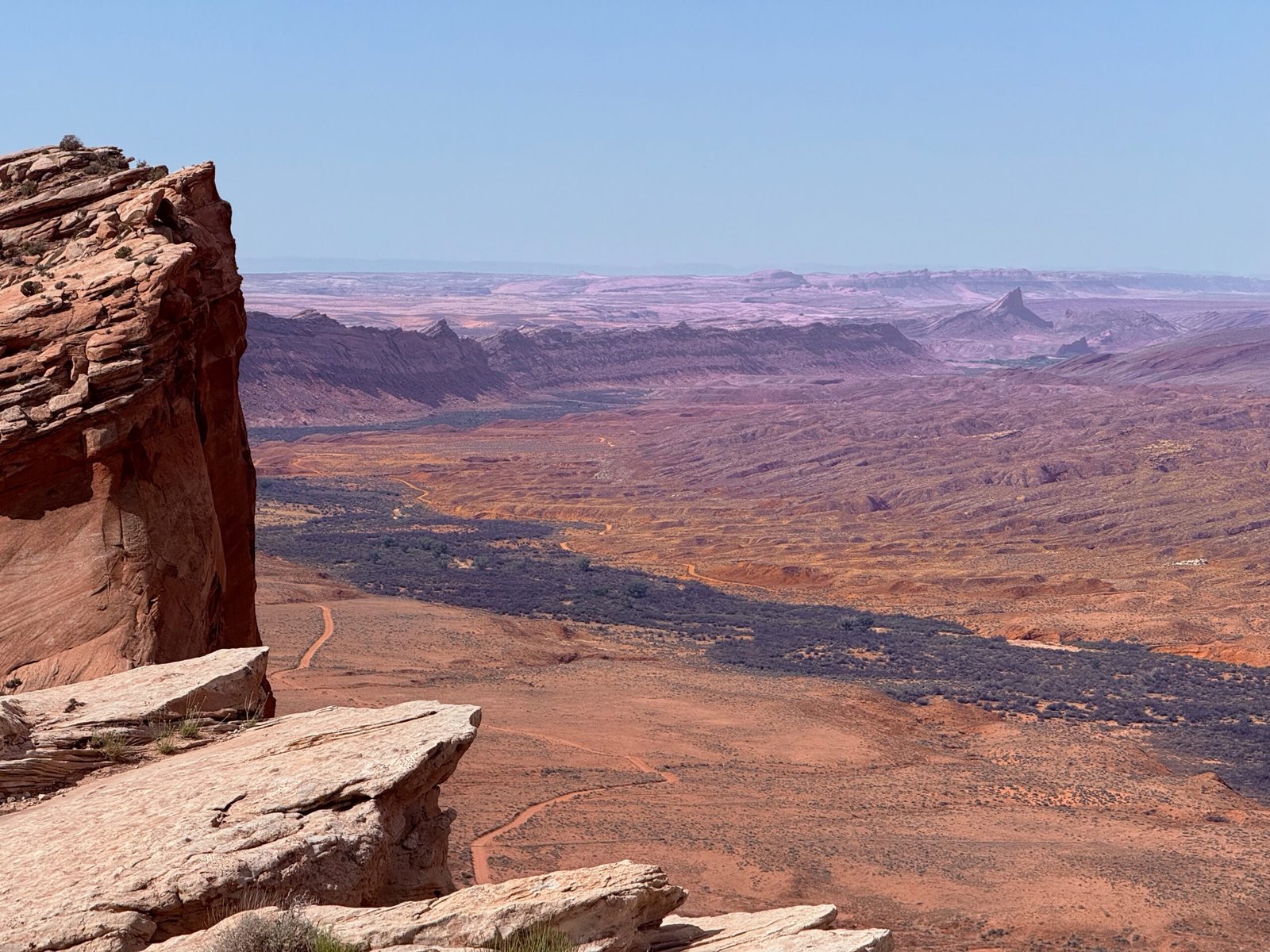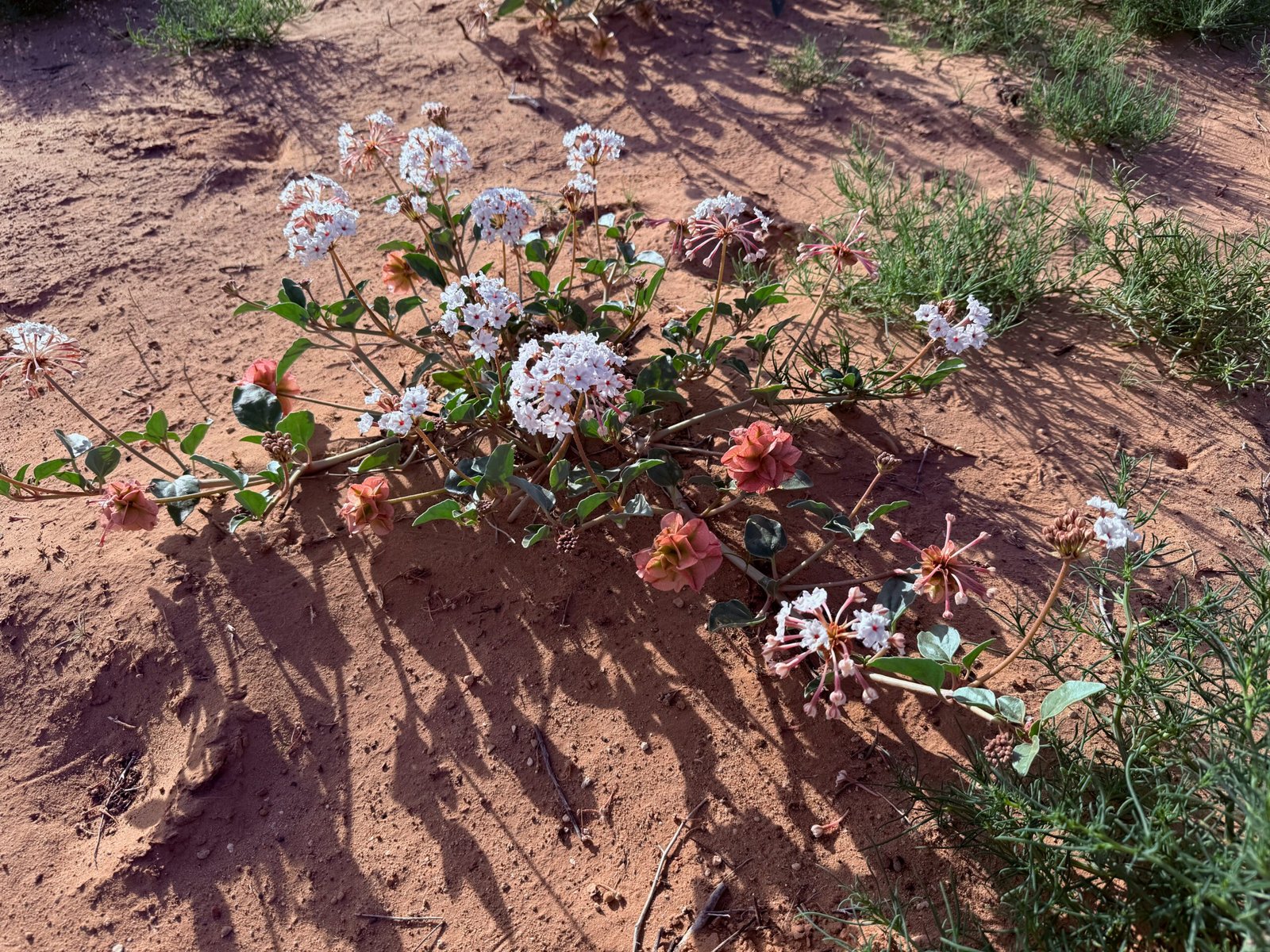#11 in the series.
The Comb is sublime. And it is not a museum, something that I am finding that travel bloggers convey as they show you how to find and check off the ruins. In reality it’s an expansive and living land that many tribes still return to as their ancestral home. Like Grandma’s house, the old homeplace, or maybe your old family cemetery.
Many of us explorers treat adventures this way. Find the thing, get a selfie with it, tell everyone else about it. Talk about how careful we should be, even though our selfie shows us near the ruin with our unleashed (and uncollared) dog. Unfortunately, the number one threat to all of the ancestral sites is not extraction, prospecting, or cattle, it’s visitation.
When you visit, if you ever should, we hope you would achieve a certain personal “stillness.” A reflectiveness that incorporates the surrounding awe into your place in this world. We’ve found this doesn’t come right away. Passing through with just enough time to squeeze in a couple of hikes or run the roads, you won’t understand it. For ourselves, even after working through our Visit With Respect training, we didn’t have it at first either. It needs to seep into you at its own pace.
Comb Ridge is a natural wonder, an eroded 80-mile-long monocline that presents itself as a giant 1,000 foot high wave, breaking to the west, frozen in time. The western slope is near-vertical, and there are only a couple of roads that cross the ridge. The eastern side, however, is much more sloped and has eroded into hundreds of canyons and alcoves. The Comb gets its name from this erosion that extends to the ridge and, forming many peaks, is reminiscent of a rooster’s coxcomb.
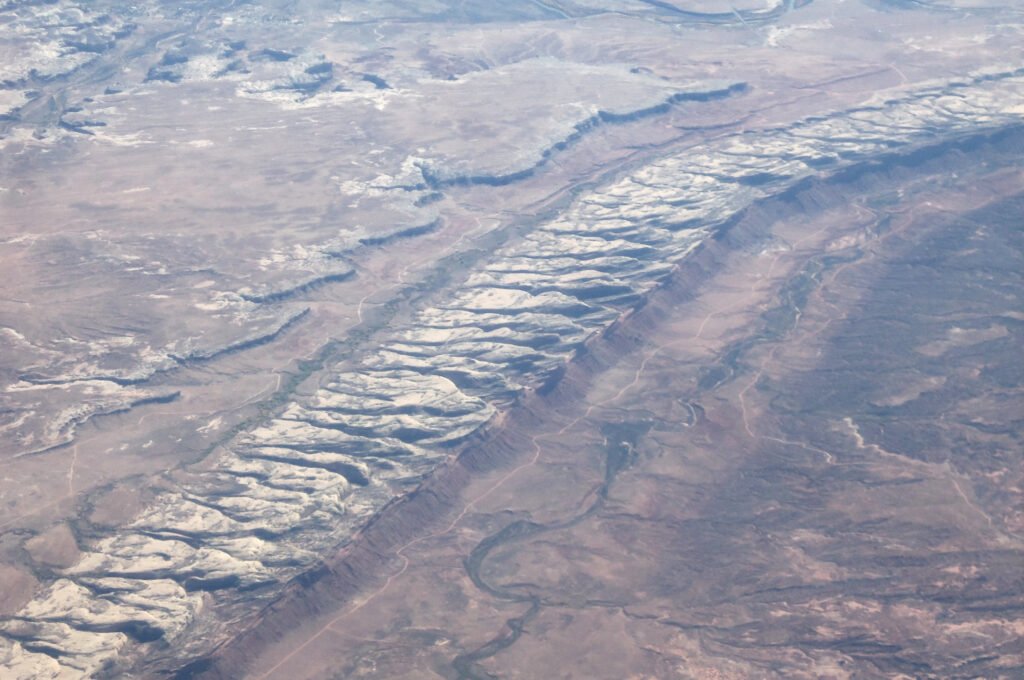
Trying to climb from Comb Wash in the west, one faces a loose talus of boulders followed by sandy scree up to a multi-hundred foot rock face. From Butler Wash in the east however, the Navajo Sandstone is much more agreeable; mystically and massively eroded into slickrock: canyons and alcoves, pour-overs and potholes, hoodoos and rocks near their tipping points.
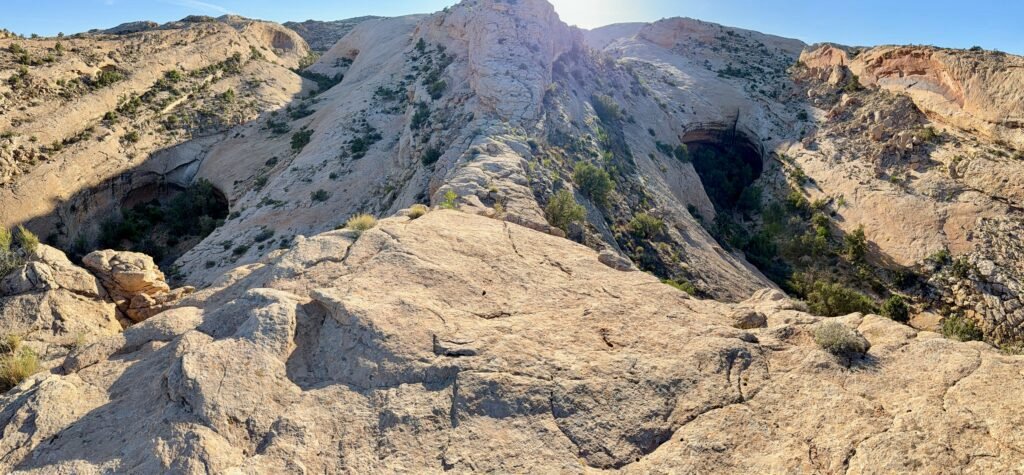
Side-by-side canyons coming from the rim pour over into huge pools. The areas around the pools are lush but the dry wash below returns to solid slickrock with nothing to indicate these little oases upstream exist.

On our early morning hike today, we were dumbfounded at the beauty of this place. The slickrock is so amazing and so inviting. It is also unnerving.
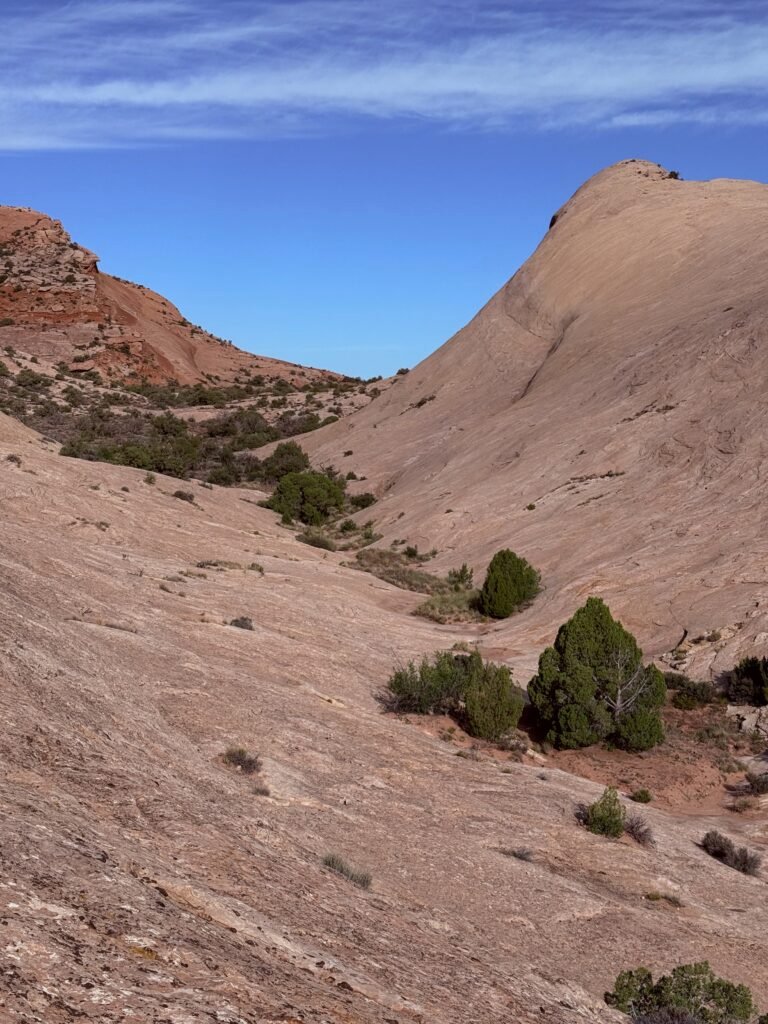
While the grip is incredible, the petrified sand dunes roll off in all directions and are heavily weathered into deep slots and overhangs. We found ourselves lying on our bellies and inch-worming our way to the lip of the rim for a look-see to the west. And going up is quite different than going down. Climbing a rounded slope facing the stone makes you brave. But turning around, trying to come down on your heels with miles of sky in front of you just rubs against your brain’s better judgement. But today…today was a barefoot paradise for me, the trail was well-marked, and the grade was steady. And after our extended visit to an expansive petroglyph, we followed the wave to its crest. I was floating, Heaven on Earth.
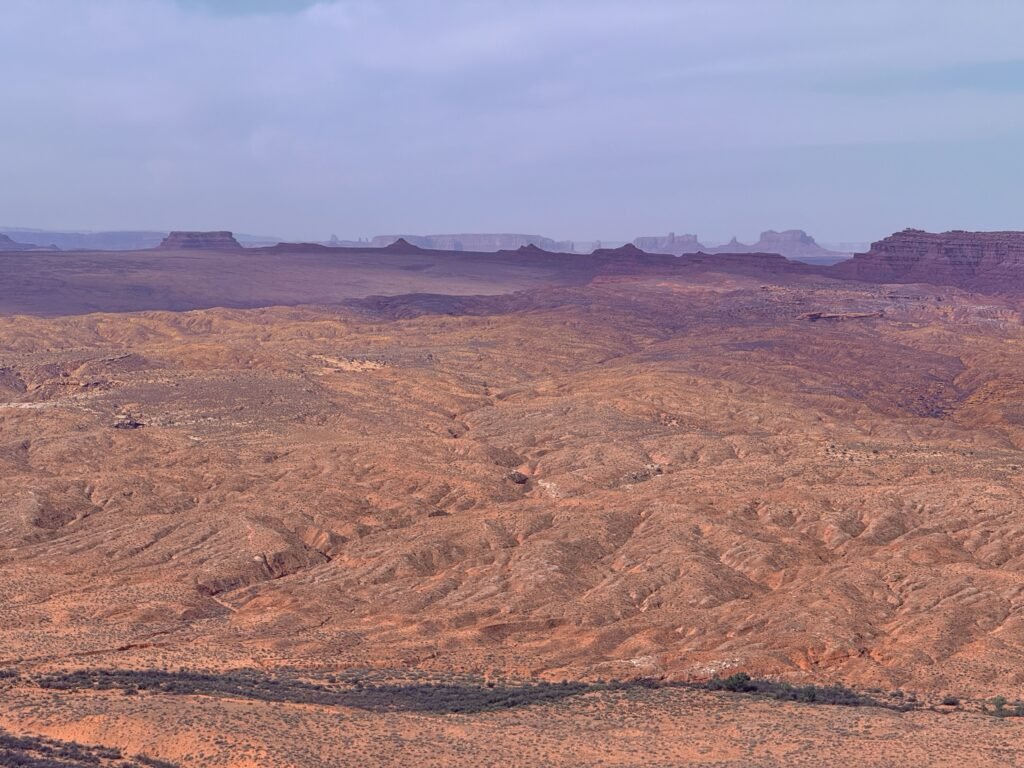
Surveying Monument Valley in the distance, we were surprised to feel a little shade. The Comb had pushed the westerly morning breeze up forming a line of light clouds.
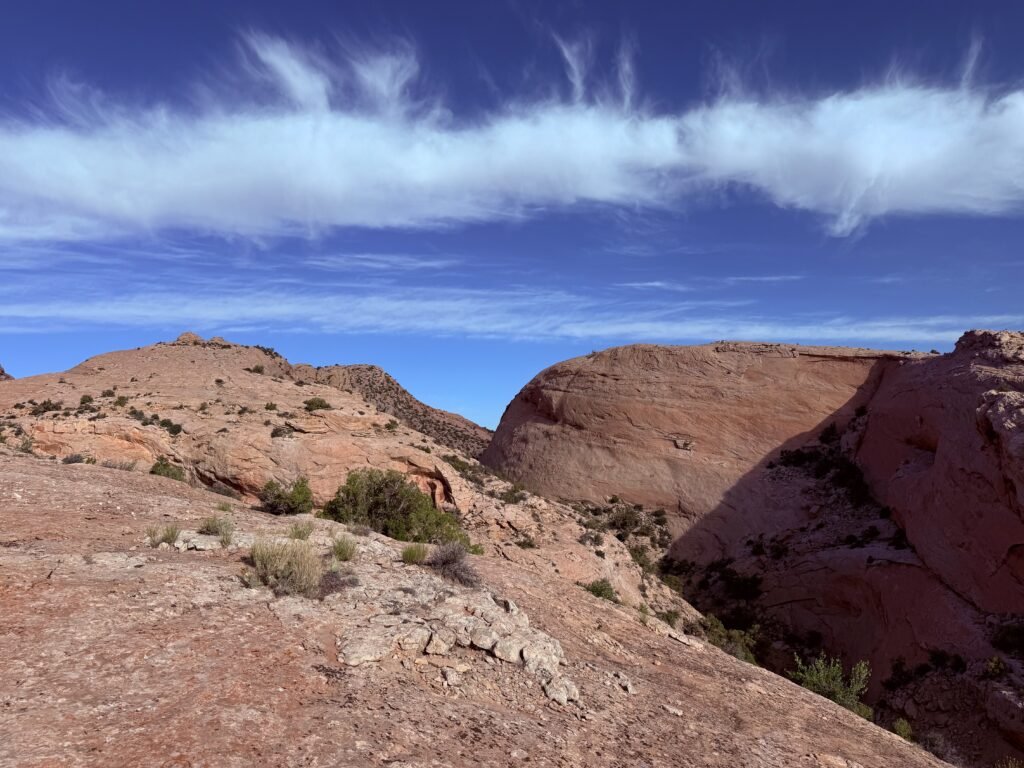
They were now drifting and spreading off to the east as a long line above the rim, a natural contrail.
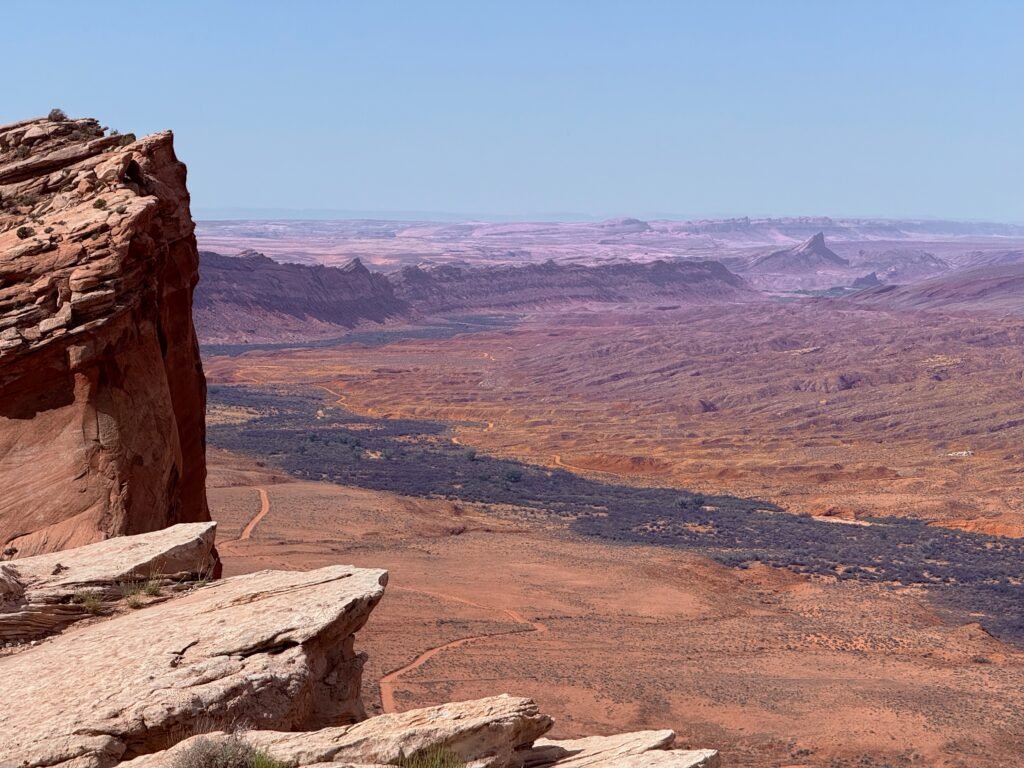
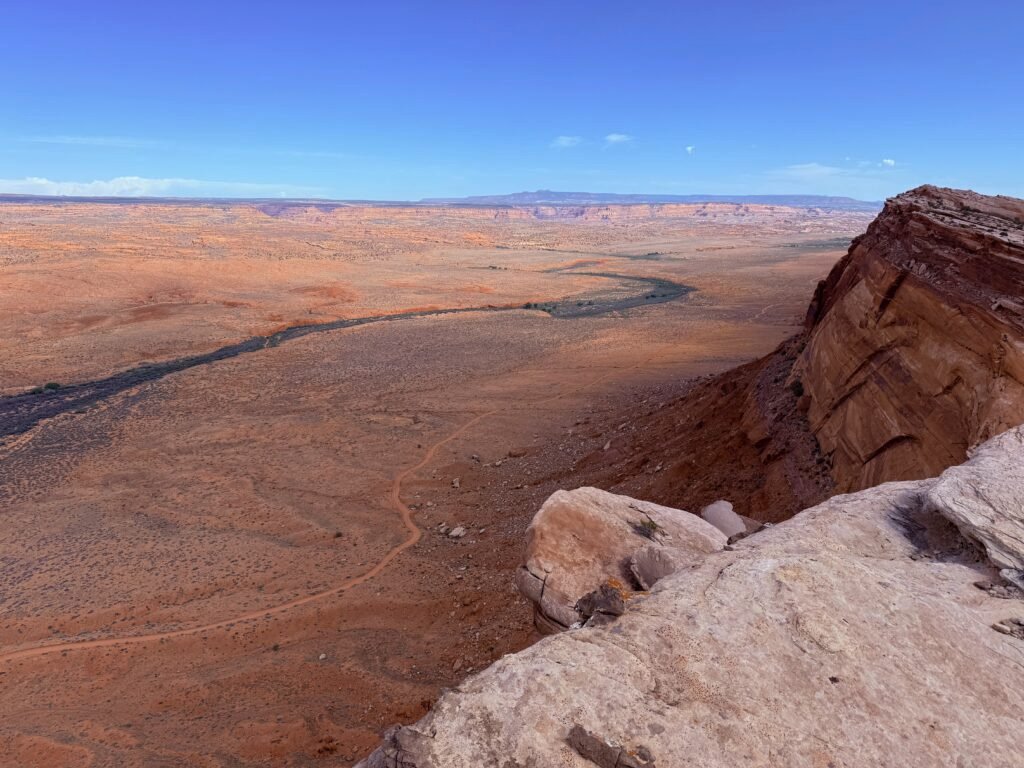
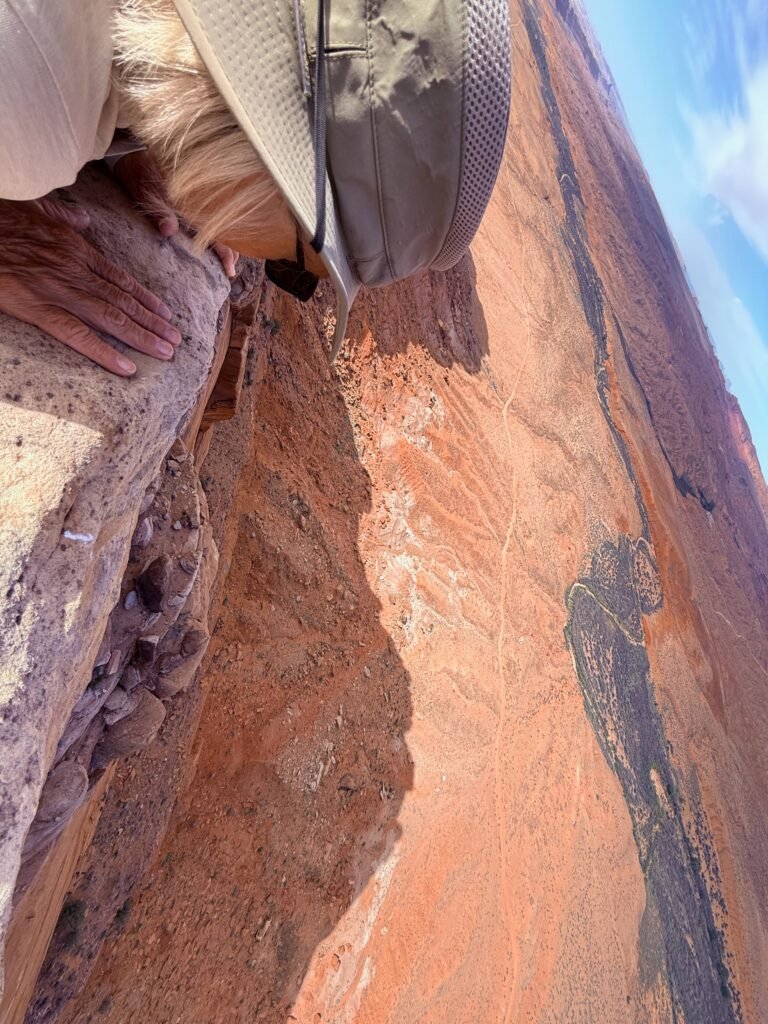
Working our way back down from the rim, we met a lone hiker who was on his way up. I mentioned that Patricia had found the fossilized remains of a sand worm from Dune (see for yourself).
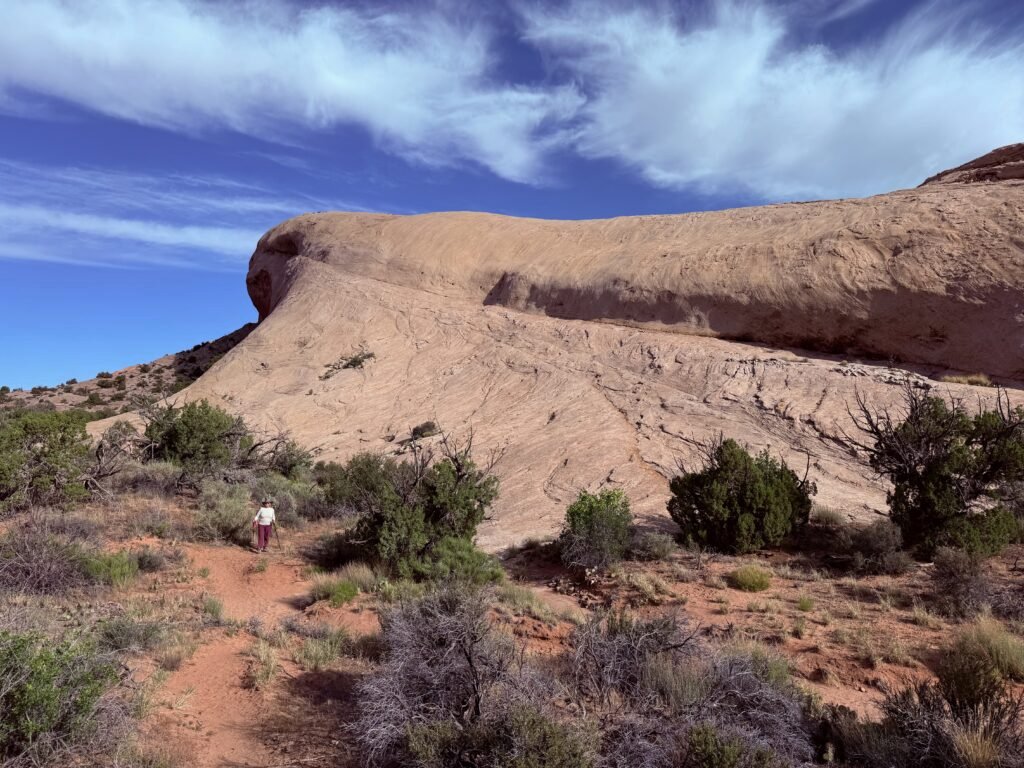
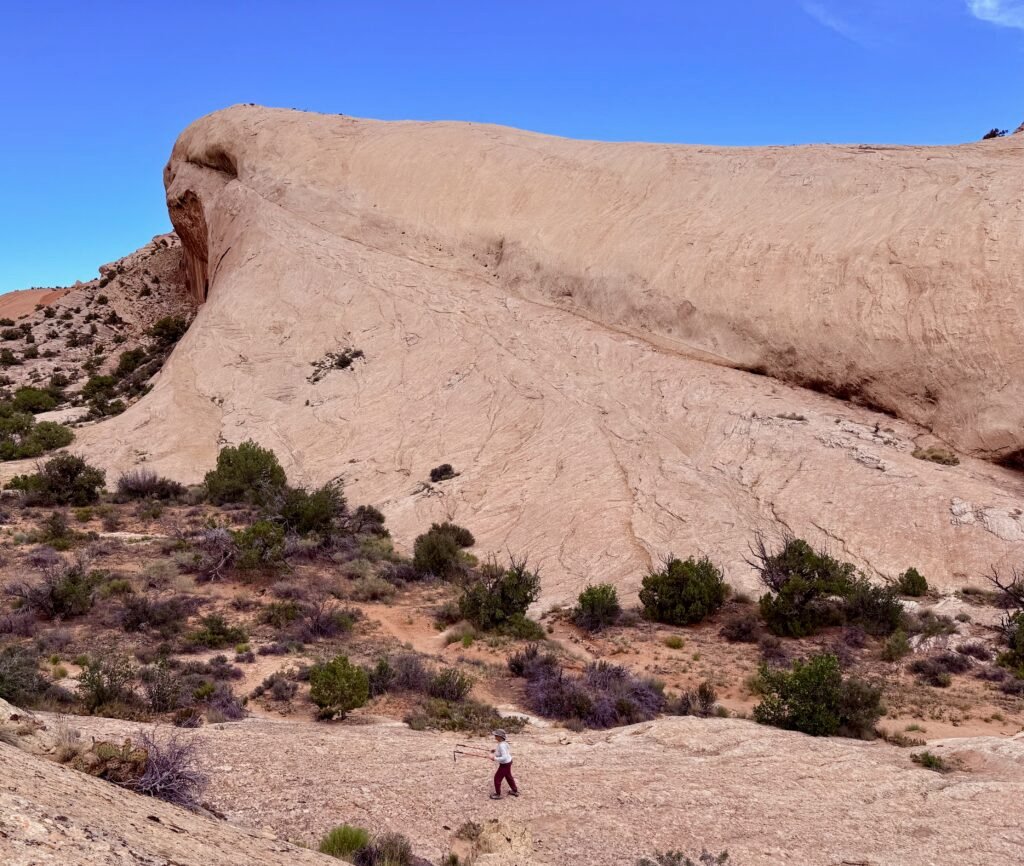
Seeing it, he grinned and responded, “Ah, a new mythology.”
I mentioned Ed Abbey and he said he had just finished “Desert Solitaire” a few months ago.
Early morning has its own surprises. This Winged Sandpuff was in full flower at 8am. By 11am it was completely closed up. Only breakfast hours for the bees…
We talked about how Abbey’s predictions from the 1960’s were coming to pass. Abbey was the first modern “resident” of Arches National Park back when it had just been declared a National Monument. Barely a rough dirt road and with zero amenities. His job was caretaker of the 30,000+ acres, with basic chores that included cleaning the camp areas – and if he had to – interacting and conversing with the few visitors. He did this for months while living in a run down government trailer. It had electricity when the diesel generator was working, but he hated the noise and only ran it when absolutely necessary. The trailer had been empty of humans for some time, and it was heavily infested with mice. That is until he co-opted and co-habitated with a large bull snake for a few weeks. Problem solved.
Abbey predicted that when the road into Arches became paved, its soul would be obscured. The unparalleled beauty that forms its own mythology would be lost in the traffic. When the first survey crew came through in a jeep and placed marker pins for the new road, Abbey pulled them up. He knew it was futile, but he felt better just the same.
And now today, nearby Moab is overwhelmed and the Arches National Park requires a staggered entrance regime. It’s an effort to limit the long line of tourists who want to drive through, somehow get a glimpse of the sublime, and make it to dinner by 7.
In the visitor’s center, we’ve had complaints from some visitors – and initially from we ourselves – that the BLM just doesn’t do enough. There just isn’t enough signage, and the roads are rough, sometimes impassable.
As the sublime sinks in, we pray to God that it never changes.
